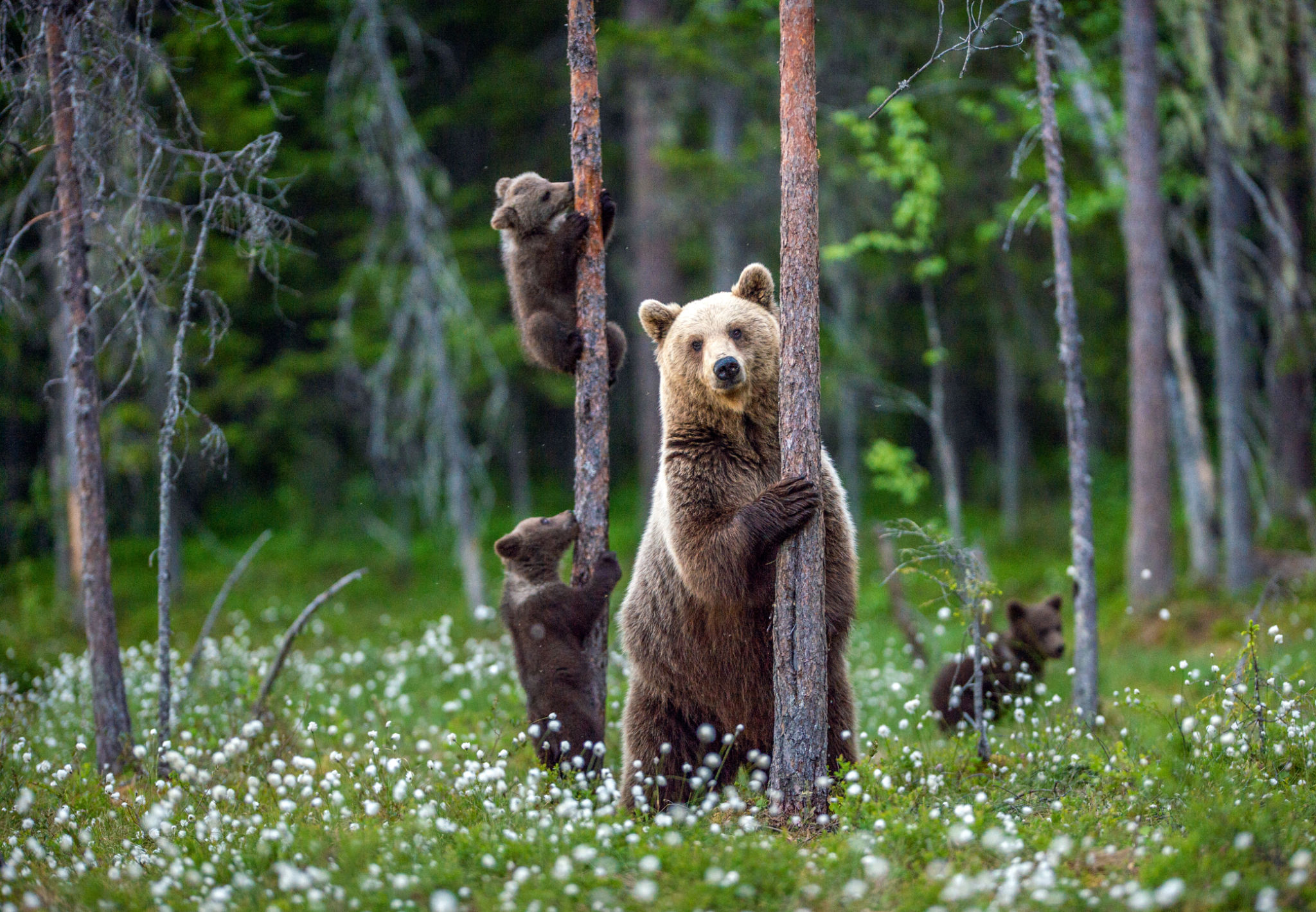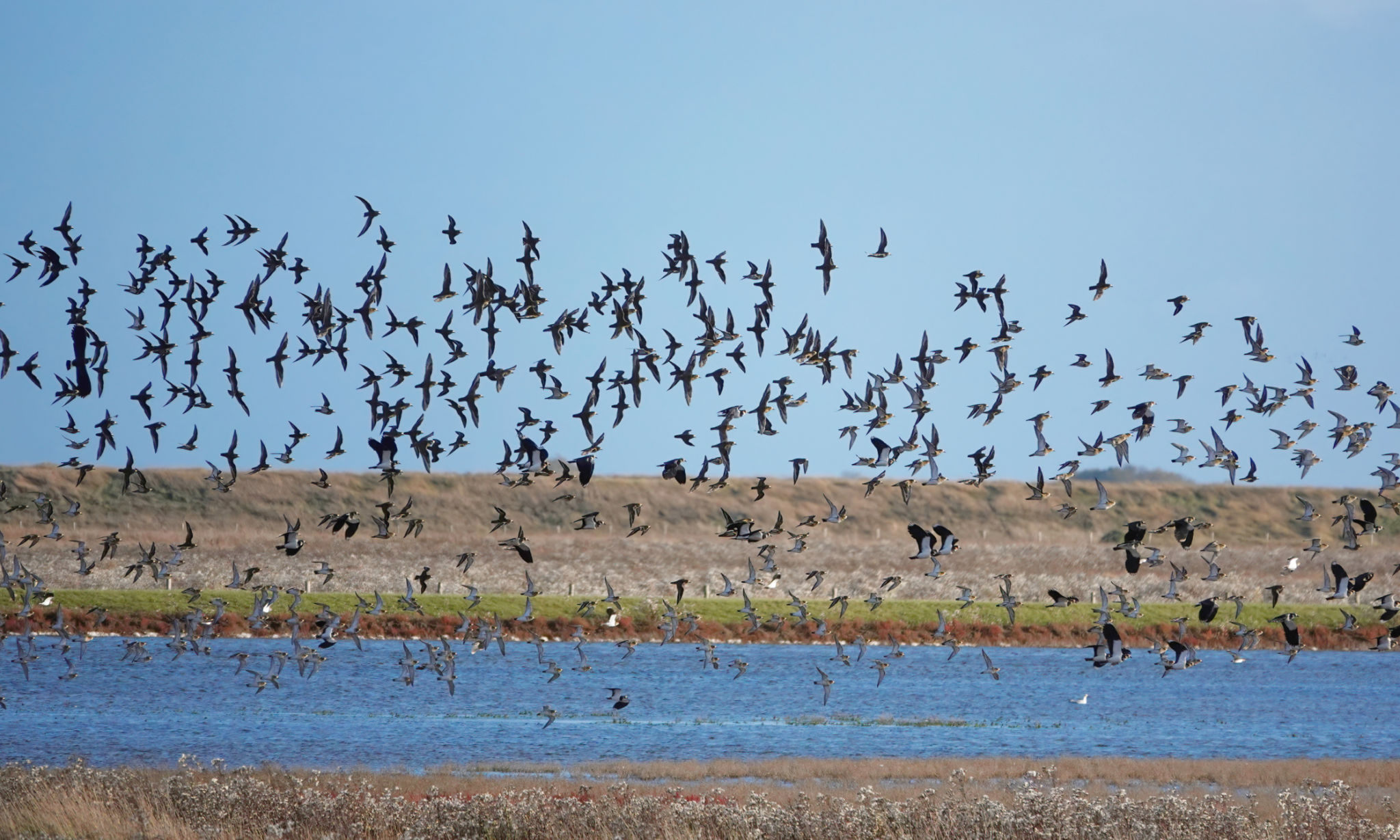Local Insights: How Wildlife Management in Wildwood Adapts to Seasonal Changes
Understanding Seasonal Changes in Wildwood
Wildwood is a region blessed with diverse wildlife, making it a haven for nature enthusiasts. However, the seasonal changes that occur throughout the year significantly affect the local ecosystem. Understanding how these changes impact wildlife is crucial for effective management and conservation efforts.

Spring: A Time of Renewal
As the chill of winter fades, spring brings a burst of life to Wildwood. This season is marked by the return of migratory birds and the awakening of hibernating animals. Wildlife managers focus on monitoring these migrations to ensure safe passage and adequate habitat for the returning species. Additionally, spring is a critical breeding season for many species, necessitating careful management of habitats to support new life.
Summer: Managing Abundance
The summer months in Wildwood are characterized by an abundance of resources. Plants are in full bloom, providing ample food for herbivores and, consequently, predators. Wildlife management during this season involves monitoring population dynamics to prevent overpopulation and ensure a balanced ecosystem. Habitat maintenance is also crucial to support the thriving wildlife.

Autumn: Preparing for Transition
As autumn approaches, wildlife in Wildwood begins to prepare for the colder months ahead. This season sees animals engaging in behaviors such as gathering food and building shelters. Wildlife managers focus on ensuring that animals have access to necessary resources to survive the upcoming winter. Additionally, they monitor migration patterns to study changes in population and habitat use.
Winter: Survival Strategies
Winter presents unique challenges as temperatures drop and food becomes scarce. Wildlife management efforts during this time are geared towards supporting species that remain active and ensuring that those in hibernation have suitable conditions for survival. Conservationists may also provide supplemental feeding stations to help vulnerable species endure the harsh conditions.

Adaptive Management Strategies
The dynamic nature of seasonal changes requires adaptive management strategies. Wildlife managers in Wildwood employ a variety of methods to respond to these shifts effectively:
- Habitat Restoration: Ongoing efforts to maintain and restore habitats ensure long-term sustainability.
- Public Education: Engaging local communities through educational programs fosters awareness and support for conservation initiatives.
- Research and Monitoring: Continuous data collection helps managers understand trends and adapt strategies accordingly.
The Role of Community Involvement
Community involvement plays a vital role in wildlife management, especially in regions like Wildwood. Local residents can contribute by participating in citizen science projects or volunteering for habitat restoration efforts. This collaboration not only enhances conservation outcomes but also strengthens the community's connection to its natural surroundings.
Looking Ahead
As we look to the future, ongoing research and collaboration will be essential in adapting to environmental changes and ensuring the health and diversity of Wildwood's wildlife. By embracing adaptive management strategies and fostering community involvement, we can continue to protect this natural treasure for generations to come.
